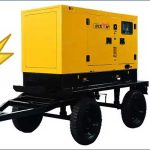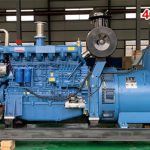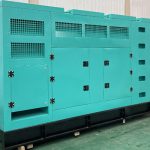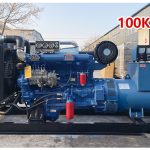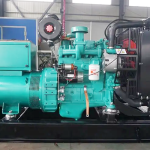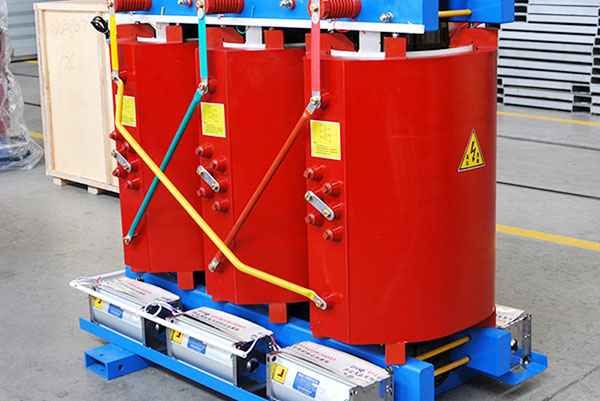Dry type transformers are essential components in modern electrical systems. Unlike their oil-filled counterparts, these transformers use air for cooling. This design makes them safer and more environmentally friendly. In this article, we will explore what a dry type transformer is, its benefits, applications, and why it is a preferred choice in various industries.
Understanding the Dry Type Transformers Basics
A dry type transformer, as the name suggests, does not use any liquid coolant. Instead, it relies on air convection for cooling. This transformer consists of windings and core that are cast in resin or enclosed in a ventilated environment. The absence of oil reduces the risk of fire, making these transformers ideal for indoor and environmentally sensitive applications.
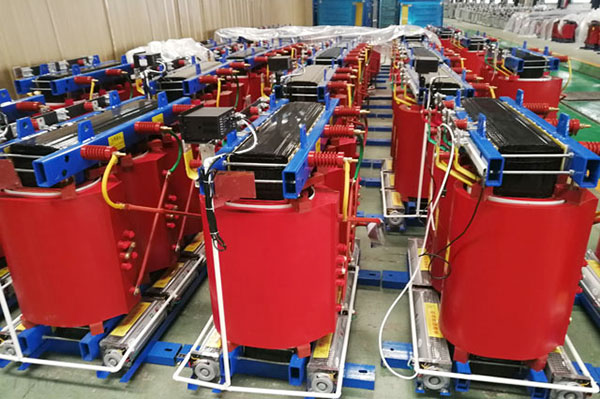
Key Components and Design
Dry type transformers have several key components that contribute to their functionality. These include the core, windings, insulation, and enclosure.
Core: Made of laminated steel, the core reduces energy losses and enhances efficiency.
Windings: These are typically made of copper or aluminum and are insulated to prevent electrical faults.
Insulation: High-quality insulation materials are used to protect the windings and ensure long-term reliability.
Enclosure: The enclosure provides physical protection and can be designed for indoor or outdoor use.
Dry Type Transformers Benefits
Dry type transformers offer numerous benefits that make them a preferred choice for many applications.
Safety
One of the primary advantages of dry type transformers is safety. Since they do not use oil for cooling, there is no risk of oil leakage or fire. This makes them ideal for installation in buildings, schools, hospitals, and other areas where safety is paramount.
Environmental Friendliness
Dry type transformers are environmentally friendly. The absence of oil eliminates the risk of soil contamination and simplifies the disposal process. Additionally, they produce lower emissions, contributing to a greener environment.
Maintenance
These transformers require less maintenance compared to oil-filled transformers. There is no need to regularly check for oil levels or leaks. This reduces maintenance costs and downtime, enhancing overall efficiency.
Efficiency and Reliability
Dry type transformers are known for their high efficiency and reliability. They have lower losses and can operate at higher temperatures. This results in improved performance and a longer lifespan, making them a cost-effective solution.
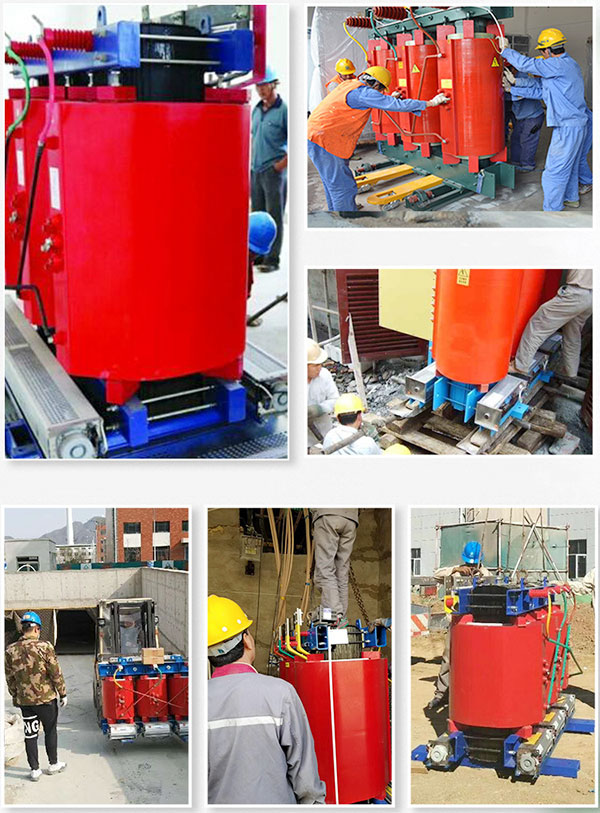
Dry Type Transformers Applications
Dry type transformers are versatile and can be used in various applications. Their safety and efficiency make them suitable for a wide range of industries.
Commercial and Residential Buildings
In commercial and residential buildings, dry type transformers are commonly used for power distribution. Their compact design and low maintenance requirements make them ideal for these settings. Additionally, the safety features of dry type transformers ensure compliance with building codes and regulations.
Industrial Applications
Industries such as manufacturing, mining, and petrochemicals often use dry type transformers. These transformers can handle high loads and harsh environmental conditions. Their robust design ensures reliable performance, even in demanding industrial applications.
Renewable Energy
The renewable energy sector, including wind and solar power, also benefits from dry type transformers. These transformers are used in substations and power plants to step up or step down voltage levels. Their high efficiency and low environmental impact align with the goals of renewable energy projects.
Types of Dry Type Transformers
There are several types of dry type transformers, each designed for specific applications. The two main types are:
Cast Resin Transformers: These transformers have windings encapsulated in epoxy resin. This provides excellent insulation and protection against moisture, dust, and pollutants. Cast resin transformers are often used in indoor applications where environmental conditions can vary.
Vacuum Pressure Impregnated (VPI) Transformers: VPI transformers use a vacuum pressure impregnation process to insulate the windings. This method provides robust insulation and mechanical strength. VPI transformers are suitable for both indoor and outdoor applications and can handle higher loads.
Installation and Maintenance
Proper installation and maintenance are crucial for the optimal performance of dry type transformers.
Installation
During installation, it is essential to ensure adequate ventilation. This allows for proper cooling and prevents overheating. The transformer should be placed on a stable surface and securely anchored. Additionally, following the manufacturer’s guidelines and local regulations is vital for a safe and efficient installation.
Maintenance
Although dry type transformers require less maintenance, periodic inspections are necessary.
Regular checks should include:
Visual Inspection: Look for any signs of damage, dust accumulation, or moisture ingress.
Electrical Testing: Perform insulation resistance tests and check for any electrical faults.
Cleaning: Remove dust and debris from the transformer and surrounding area to ensure proper ventilation.
By adhering to a maintenance schedule, you can extend the lifespan of your dry type transformer and ensure reliable performance.
Here is the dry type transformer details in our factory for your reference!!
Advances in Dry Type Transformer Technology
Advances in technology have led to significant improvements in dry type transformers. Modern transformers are more efficient, reliable, and environmentally friendly than their predecessors.
High-Performance Materials
New materials, such as amorphous steel and high-temperature insulation, have improved the efficiency and thermal performance of transformers. These materials allow for the design of smaller transformers with higher capacities.
Enhanced Cooling Systems
Developments in cooling technologies have reduced the need for large, bulky transformers. Enhanced cooling systems allow for more compact designs without compromising performance.
Smart Transformers
The integration of smart technology has also revolutionized dry type transformers. Smart transformers can monitor their performance and provide real-time data on various parameters. This allows for predictive maintenance and early detection of potential issues, further enhancing reliability and efficiency.
Conclusion
Dry type transformers are a vital component in modern electrical systems. Their safety, efficiency, and environmental friendliness make them a preferred choice for various applications. Whether in commercial buildings, industrial settings, or renewable energy projects, these transformers provide reliable performance and long-term benefits.
Understanding the different types of dry type transformers and their applications can help you choose the right transformer for your needs. Advances in technology continue to improve the design and efficiency of these transformers, making them an even more attractive option for the future.
By selecting a dry type transformer, you are investing in a safe, efficient, and environmentally friendly solution that will serve your electrical needs for years to come.






